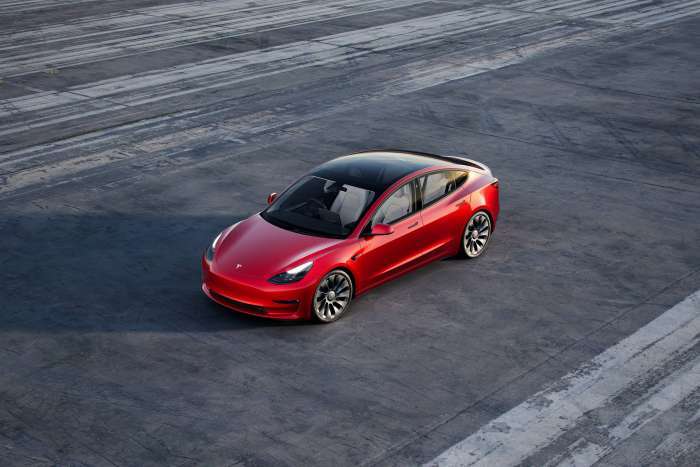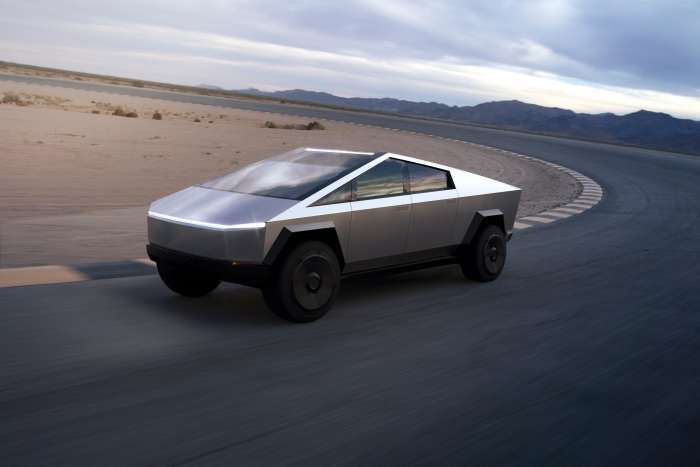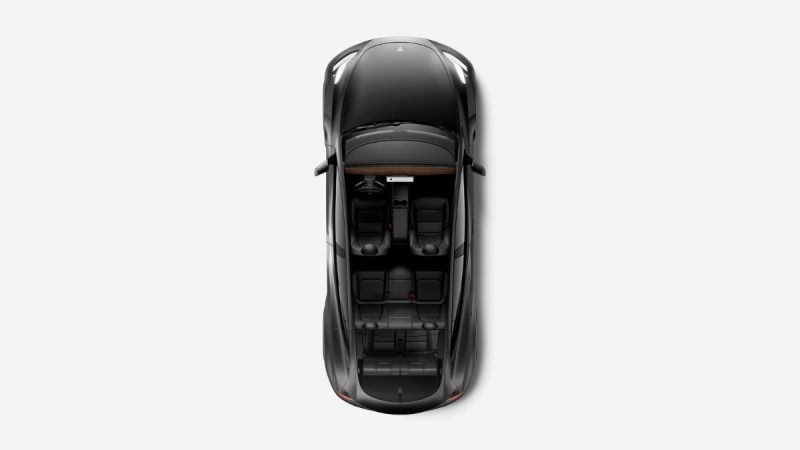Tesla was aiming to have first production before the end of 2021 (even though now we know that it won't happen) and volume production in 2022. The factory is planned to be the main factory for the Tesla Cybertruck and the Tesla Semi. It will also produce Model 3 and Model Y cars for the Eastern United States. It also serves as the site of Tesla's corporate headquarters, which was formally announced a couple of days ago.
The Tesla Gigafactory received state tax incentives worth about $50 million through the Texas Tax Code Chapter 313 program. The first fully completed Tesla Model Y rolled off the line at Giga Texas in the last week of August 2021 under trial production.
27 August 2021 Giga Texas … one of the first pre-production Model Ys inside the General Assembly building! pic.twitter.com/DRs8Tt21pX
— Joe Tegtmeyer (@JoeTegtmeyer) August 27, 2021
A lot of progress was made since the night of January 18/19, 2021, when concrete foundations for three Giga Press high-press die-casting machines were poured at the north-east corner Giga Texas factory location. Then, on January 21, 2021 the first Giga Press components started to arrive on site in crates and shipping containers. The very next day, January 22, 2021 the base frame of the first Giga Press was unboxed and craned into position.
Giga Press are a series of aluminum die casting machines manufactured by Idra Group in Italy. They are notable for being the largest high-pressure die casting machines in the world, with a clamping force of 55,000 to 61,000 kilonewtons (5,600 to 6,200 tf). Each machine weighs 410–430 tonnes (900,000–950,000 lb). Base specification Giga Press machines had been included in Idra's catalogue since 2018, with usage of a customized OL 6100 CS Giga Press started by Tesla in late-2020 for the production of chassis parts for the Tesla Model Y.

Shots of molten aluminum weighing 80 kilograms (180 lb) are injected into the cold-chamber casting mold with a velocity of 10m per second (22 mph; 36 km/h). The cycle time is ~80‒90 seconds, allowing an output rate of 40 - 45 completed castings per hour, or ~1,000 castings per day.
Tesla Giga Texas
#TSLA
1/December 9, 21 by @peterdog15 pic.twitter.com/5xsKWOm8TX— Gail Alfar (Austin) (@GailAlfarATX) December 9, 2021
Basically, die casting works by forcing molten metal alloy inside a reusable mold, then opening the mold to remove the finished piece after it has solidified. The open mold is cooled to 185 °C (365 °F) and cleaned by robots, and fresh molten aluminum is prepared for the next cycle to begin 1‒2 minutes after the first cycle. Each fresh casting is trimmed to approximate size, measured, checked for imperfections, and sent for CNC machining to finished size.
For the Tesla's Giga Press-based casting operation, ingots and off-cuts of aluminum are melted in a natural gas-powered melting oven operating at 850°C (1,600°F), until liquid. Slag in the form of aluminum oxide is mechanically removed from the surface, and the rest of the liquid metal is pumped through heated pipes to an enclosed warming oven operating at 750–850 °C (1,400–1,600°F), heated using 400 kilowatts (540 hp) of electrical power. To prevent the formation of oxides, a tank blanket of Nitrogen gas covers the molten aluminum, which is circulated to maintain an even temperature. Argon gas and a rotary-degasser are used to remove impurities, with a Silicon carbide filter removing most other particles larger than 25 micrometres (0.98 thou).

All these processes will happen inside the gigantic facilities that are being finished in Austin (and by the way, also at Giga Berlin when finally allowed to operate by German authorities). As we can clearly see in the pictures, construction in Giga Texas is about to finish, hopefully in the next coming weeks.
More Giga Texas pics from Joe Tegtmeyer were tweeted yesterday:
8 December 2021 Giga Texas IMAGES! Extremely busy! Model Y dashboards arrive, more stamping tests, S end pond work near complete, new stamping press assembly, N concrete & roof work, E earthwork & more! Check out my YouTube Video (@JoeTegtmeyer) later today & please subscribe! pic.twitter.com/6DZEMFSbQA
— Joe Tegtmeyer (@JoeTegtmeyer) December 8, 2021
Please don't hesitate to share any Giga Texas pictures with us, as we will be glad to include them in our upcoming articles.
Images courtesy of Tesla Inc.
Nico Caballero is the VP of Finance of Cogency Power, specializing in solar energy. He also holds a Diploma in Electric Cars from Delft University of Technology in the Netherlands, and enjoys doing research about Tesla and EV batteries. He can be reached at @NicoTorqueNews on Twitter. Nico covers Tesla and electric vehicle latest happenings at Torque News.











